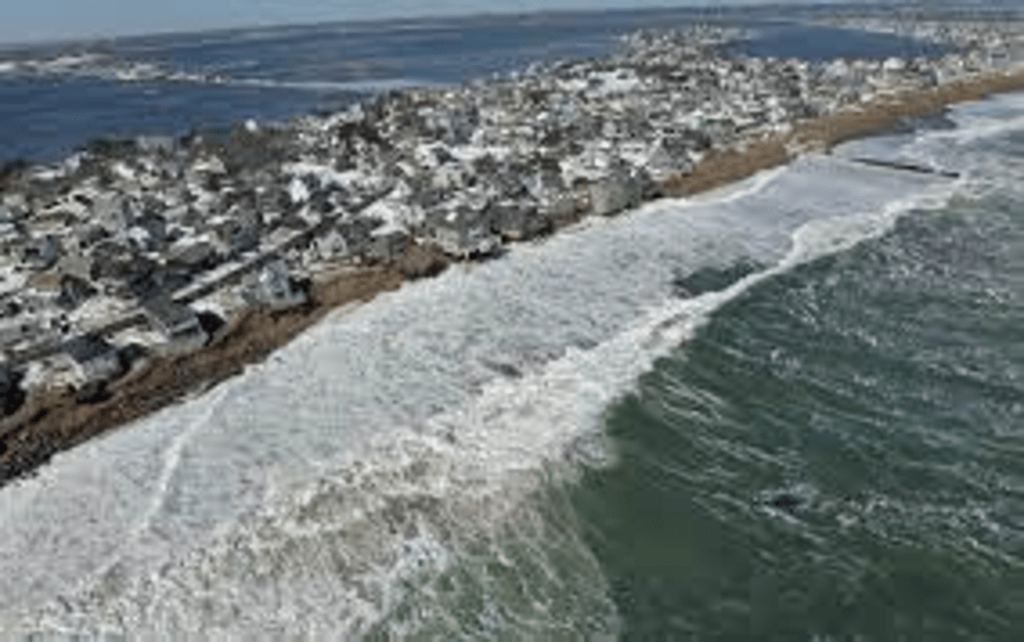
Rising sea levels are a threat - especially to coastal cities. There are solutions, however, and we'll go over them now.
Rising sea levels pose a significant threat to human civilization and the natural world. As global temperatures continue to rise due to human activities, the melting of ice caps and glaciers, along with the expansion of warming seawater, is causing sea levels to increase at an alarming rate. We will explore the potential consequences of rising sea levels and examine some of the solutions that are being proposed to address this critical issue.
The Consequences of Rising Sea Levels - Why It Matters
- Increased Flooding: As sea levels rise, low-lying areas and coastal regions are becoming more susceptible to flooding. This not only causes property damage but also puts human lives at risk.
- Loss of Habitats: As the sea encroaches on land, many habitats are being destroyed. This includes wetlands, marshes, and other ecosystems that provide critical services to the environment.
- Threats to Infrastructure: Critical infrastructure such as ports, airports, and roadways located in coastal regions are becoming more vulnerable to damage from rising sea levels.
- Human Migration: As regions become uninhabitable due to rising sea levels, millions of people may be forced to migrate to other areas, leading to social, political, and economic disruptions.
Proposed Solutions to Rising Sea Levels
- Reduction of Greenhouse Gas Emissions: One of the most effective ways to address rising sea levels is to reduce greenhouse gas emissions. This can be achieved through the adoption of clean energy sources and the implementation of energy efficiency measures. This includes solar panels, battery storage, electric vehicles, wind power, and more.
- Construction of Sea Walls: The construction of sea walls can help to prevent flooding in low-lying areas. However, this solution can be costly and may have adverse environmental impacts.
- Restoration of Wetlands and Other Ecosystems: The restoration of wetlands and other ecosystems can help to mitigate the effects of rising sea levels by providing natural buffers against flooding.
- Relocation of Infrastructure: Critical infrastructure located in coastal regions can be relocated to higher ground to avoid damage from rising sea levels.
- Development of Resilient Communities: Developing resilient communities that are better able to withstand the impacts of rising sea levels can help to minimize the negative effects of this phenomenon.
Rising sea levels pose a significant threat to human civilization and the environment. It is crucial that action is taken now to address this critical issue. By reducing greenhouse gas emissions, developing resilient communities, and exploring other potential solutions, we can help to mitigate the effects of rising sea levels and protect our planet for future generations.
All of these solutions will require time and money. Often times, when a problem happens, it's too late or much more costly to deal with. So, how proactive will governments and municipalities be to combat this, that is the bigger question.
What do you think of rising sea levels - are they an issue?
Online writer since 2008. I enjoy writing and have written nearly a thousand tech related articles about electric vehicles, software, tech companies, hardware, gaming, tech related products, and company developments in tech.
